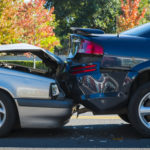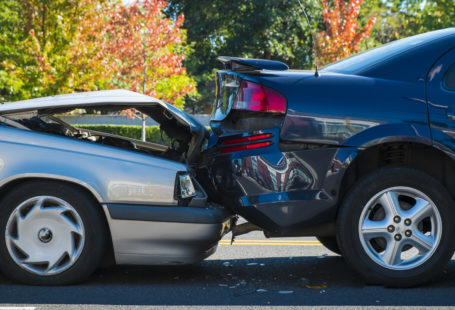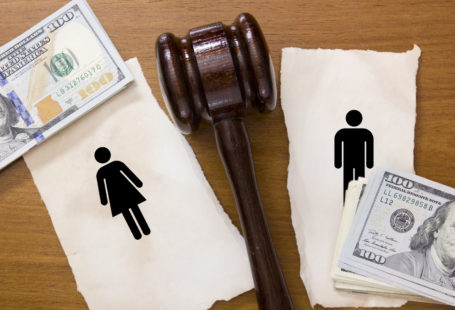Getting into a car accident is never easy. Even relatively-minor crashes can do a lot of damage to you and your vehicle. States across the country require all drivers to carry minimum amounts of car insurance. If you’re involved in an accident, these policies can help to cover the costs of medical bills, property damage, and other injuries.
Unfortunately, not all drivers comply with the law and purchase a minimally-acceptable insurance policy. In fact, it’s estimated that 29.7 million drivers aren’t insured. Other drivers purchase the state minimum, which is often insufficient to cover all accident-related costs. What happens when the driver who caused your accident is uninsured or underinsured?
Uninsured Motorist Coverage
Many states, including California, require insurance companies to offer what is known as uninsured motorist coverage (UM). UM is basically a safety net that can help to protect you if you’re involved in an accident with an uninsured or underinsured driver.
Here’s an example. Let’s say that Sam and Alex are involved in an accident. Alex is severely injured in the crash and, between medical bills and the cost of replacing his car, suffers $100,000 in damages. Sam had fallen behind on his car insurance payments, so his coverage had lapsed at the time of the accident.
As a result, Sam is considered an uninsured driver. His insurance company refuses to pay Alex anything when he submits a claim. Alex purchased uninsured motorist coverage when he took out his car insurance policy. He can file a claim with his own insurer to recover benefits from that policy.
How Much Will a UM Policy Cover?
The answer ultimately depends on two factors:
- Was the at-fault driver uninsured or underinsured?
- What are your insurance policy limits?
Accident With an Uninsured Driver: When you’re involved in an accident with an uninsured driver, your uninsured motorist policy will cover your expenses up to your policy limits.
Accident With an Underinsured Driver: Sometimes drivers have some insurance, but not enough to cover the costs of an accident. This typically happens when drivers purchase the state minimum, and nothing more. When you’re involved in an accident with an underinsured driver, your UM policy will cover the difference between what the other driver’s policy covers and your policy limits.
In California, there are generally three different types of uninsured motorist coverage you can purchase. How much you can actually get from your UM policy will ultimately depend on which type of coverage you’ve chosen. Each type of coverage has a different maximum benefit.
Uninsured Motorist Bodily Injury: Benefits will cover the cost of injuries sustained by you and any passengers in your car when you’re in an accident with an uninsured driver. Benefits will be capped at your liability coverage maximums.
Underinsured Motorist Coverage: Benefits will cover the costs of bodily injury if you’re involved in an accident with a driver whose policy limits are insufficient to pay your bills. UIM benefits can also be paid if you are injured by a hit and run driver. Benefits will be capped at the coverage maximums you selected when you purchased the plan.
Uninsured Motorist Property Damage: Benefits will cover the costs of property damage sustained in an accident involving an uninsured driver. Benefits are capped at $3,500.
Personal Injury Lawsuit
You don’t have to rely on insurance proceeds to cover your costs after a car accident. You may also have the right to file a personal injury lawsuit to recover compensation. You can generally seek compensation from anyone who contributed to your accident or injury.
So, you’re not necessarily limited to suing the at-fault driver. Other potentially-liable parties could include:
- Employers
- Government agencies
- Car manufacturers
- Other drivers
- Pedestrians
- Bicyclists, and
- Any other negligent third parties.
Most lawsuits filed after a car accident are based on negligence. This means that you’ll have to prove that another person had and breached a duty of care that was owed to you. As a result, you sustained an injury. Examples of negligence include speeding, driving recklessly, texting and driving, and driving while fatigued.
The best thing to do after an accident is to consult with a personal injury attorney. Your lawyer will be able to review your case and explain which legal strategy may be best for your particular situation.





